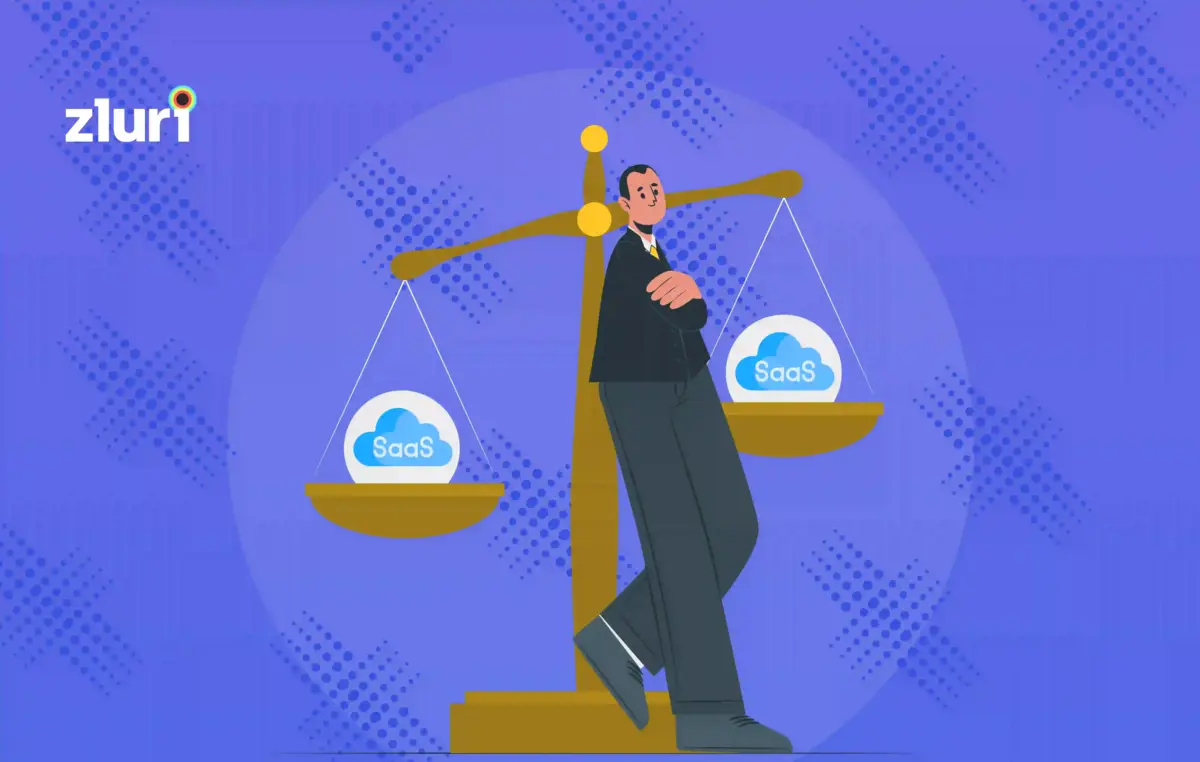
Business-IT Alignment - How SaaS Can Help Maintain The Balance
Business-IT Alignment is a discipline that matches IT strategy with business strategy to maximize the value created by the enterprise.
An enterprise has achieved business-IT alignment when all its IT initiatives align with the requirements set by its business functions. Business-IT Alignment results in every penny spent on IT supporting a business objective.
Even though standard literature implies that Business-IT Alignment concerns itself with strategy, the following is a more accurate definition of the term: Business-IT Alignment matches IT vision, mission, goals, objectives, and capability (strategy, process, organization, and infrastructure) with business vision, mission, goals, objectives, and capability (strategy, process, organization, and infrastructure).
Earlier, the IT department operated independently of other functional divisions and was regarded as a cost center. But as organizations began to shift to a digital-first mindset, IT departments are being considered strategic facilitators, impacting corporate strategy, security, investments, and overall business practices.
So, what are the best practices for a CIO? What are the pros and cons a CIO should be aware of? Click here to know more.






.webp)

.webp)
.webp)
.webp)
.webp)
.webp)
















.webp)
.webp)





.webp)